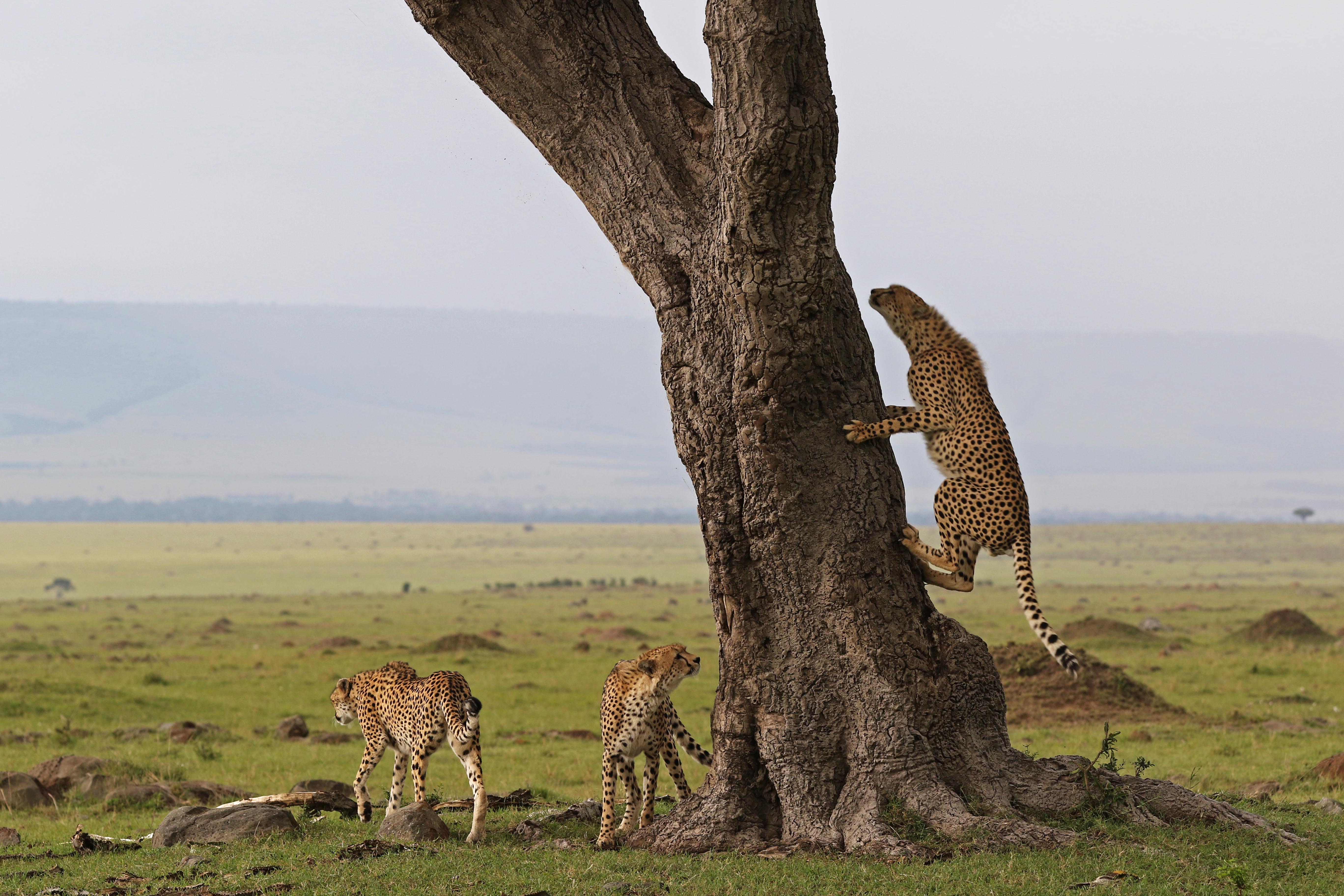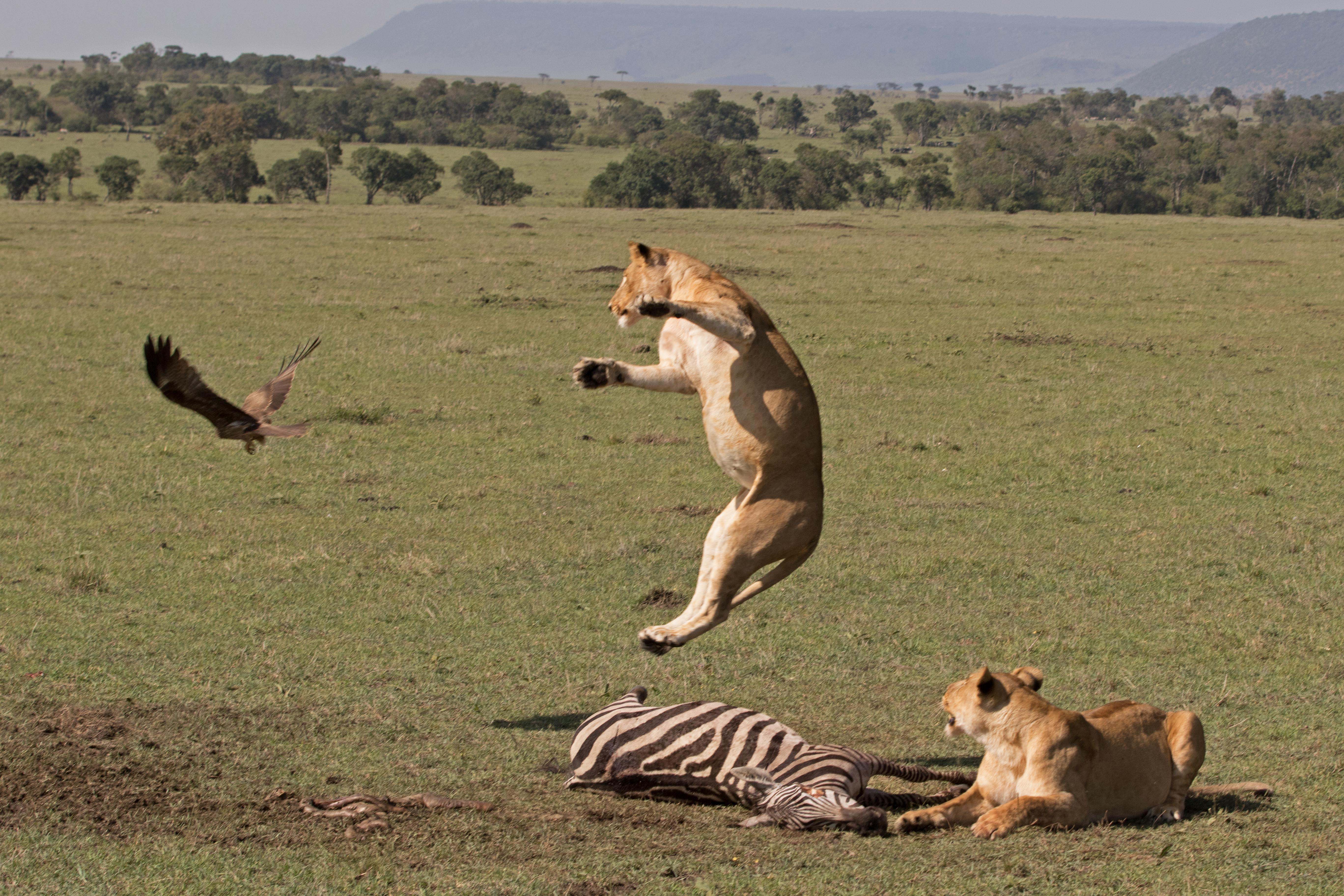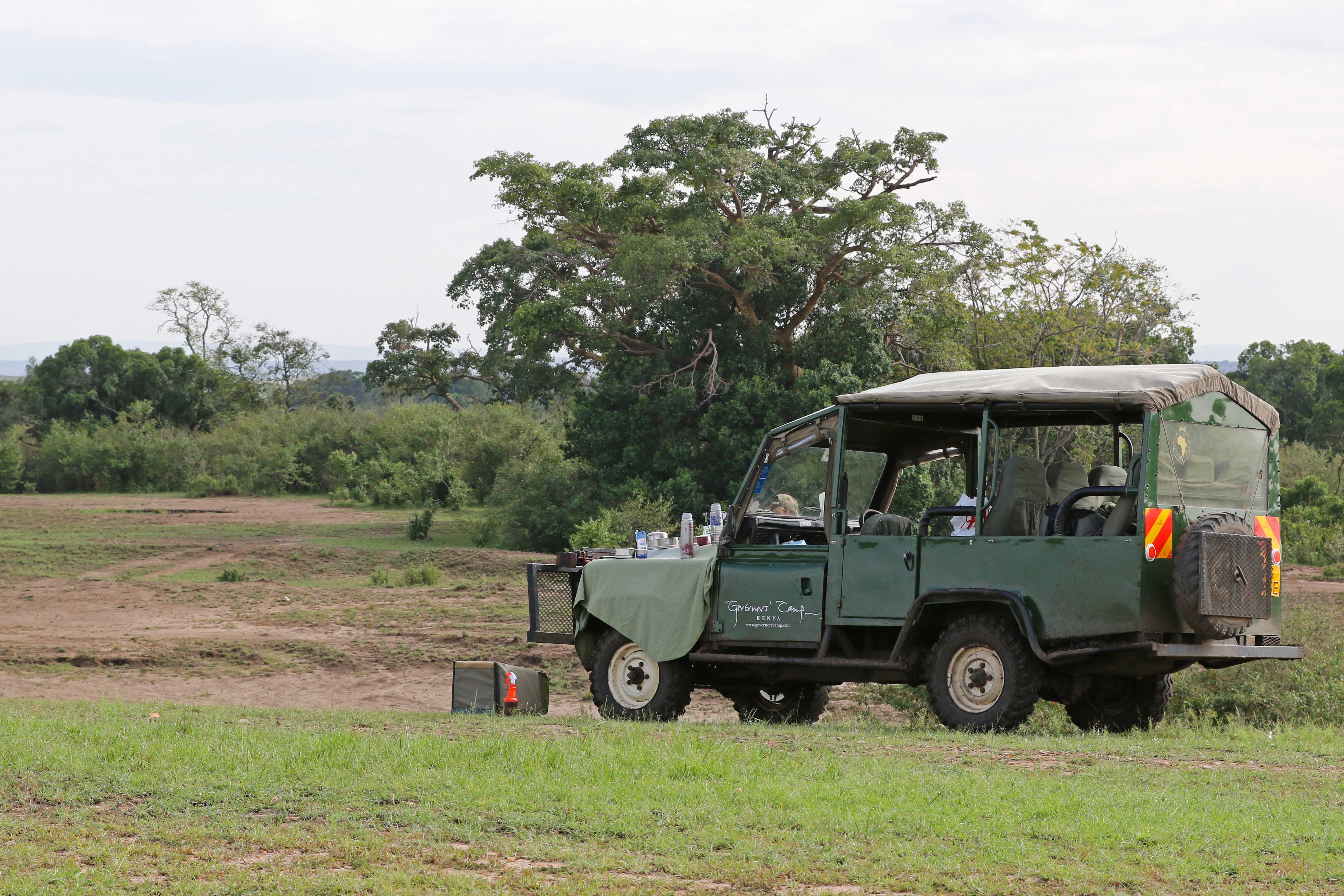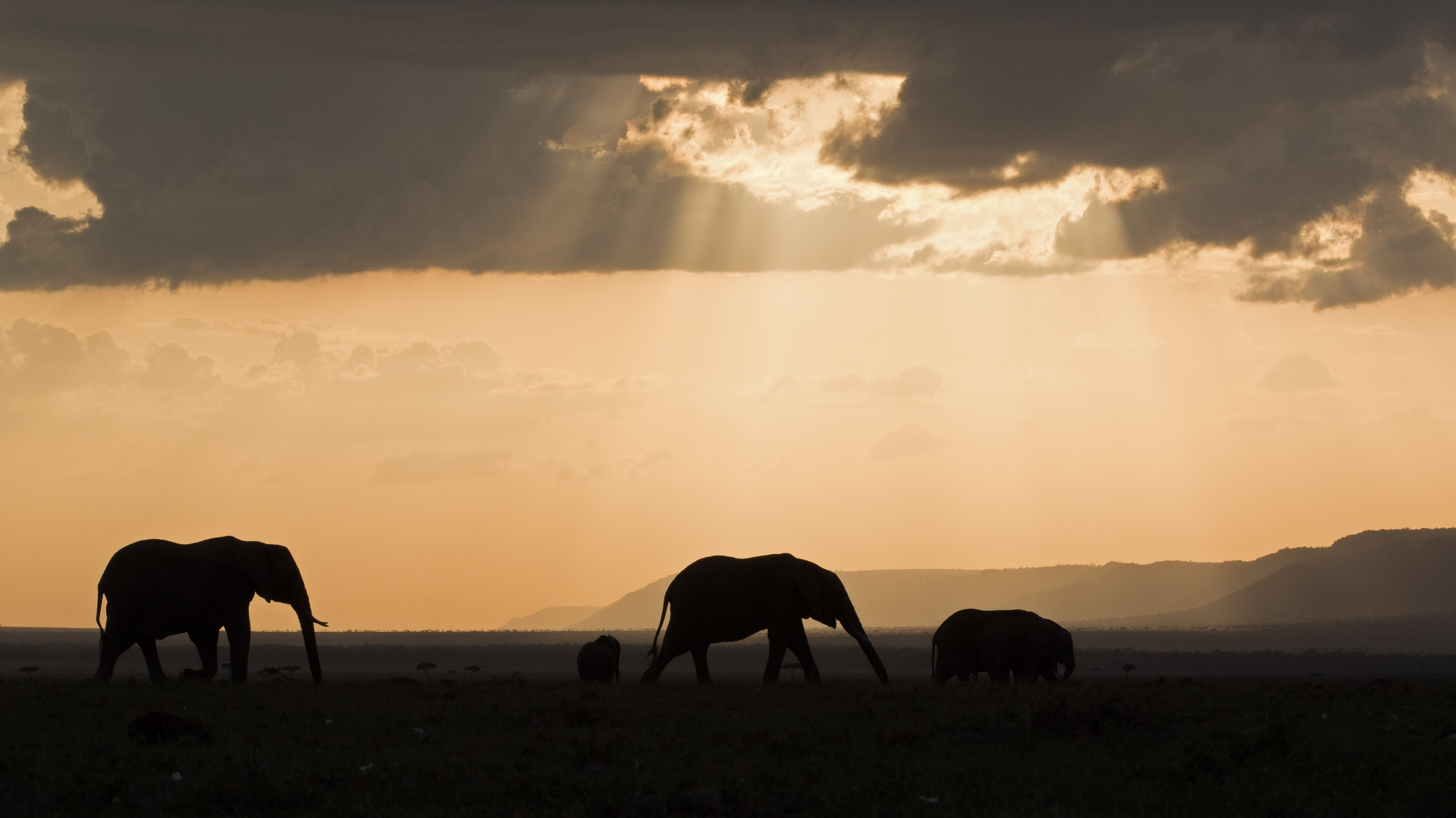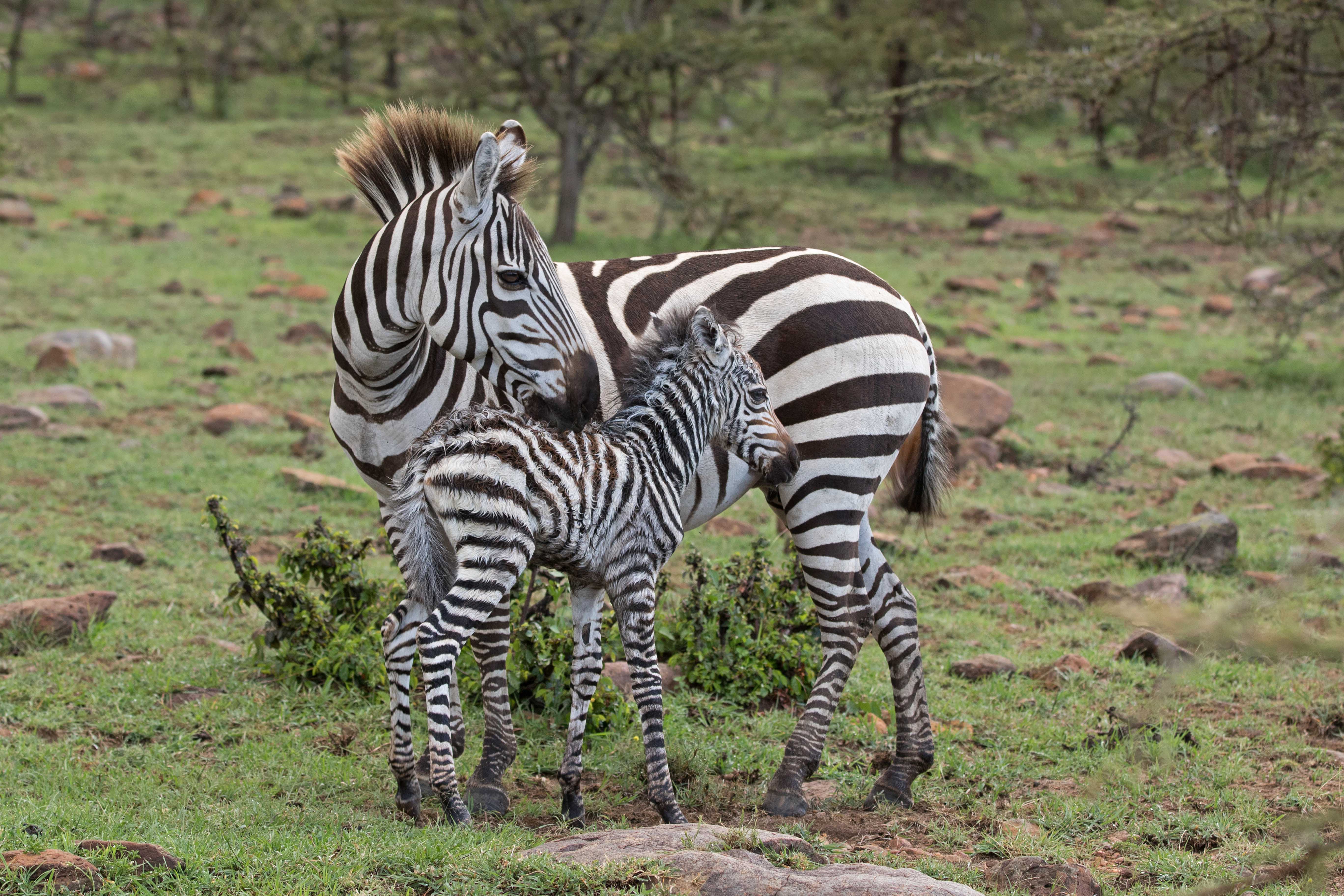The mini migration at the Mara
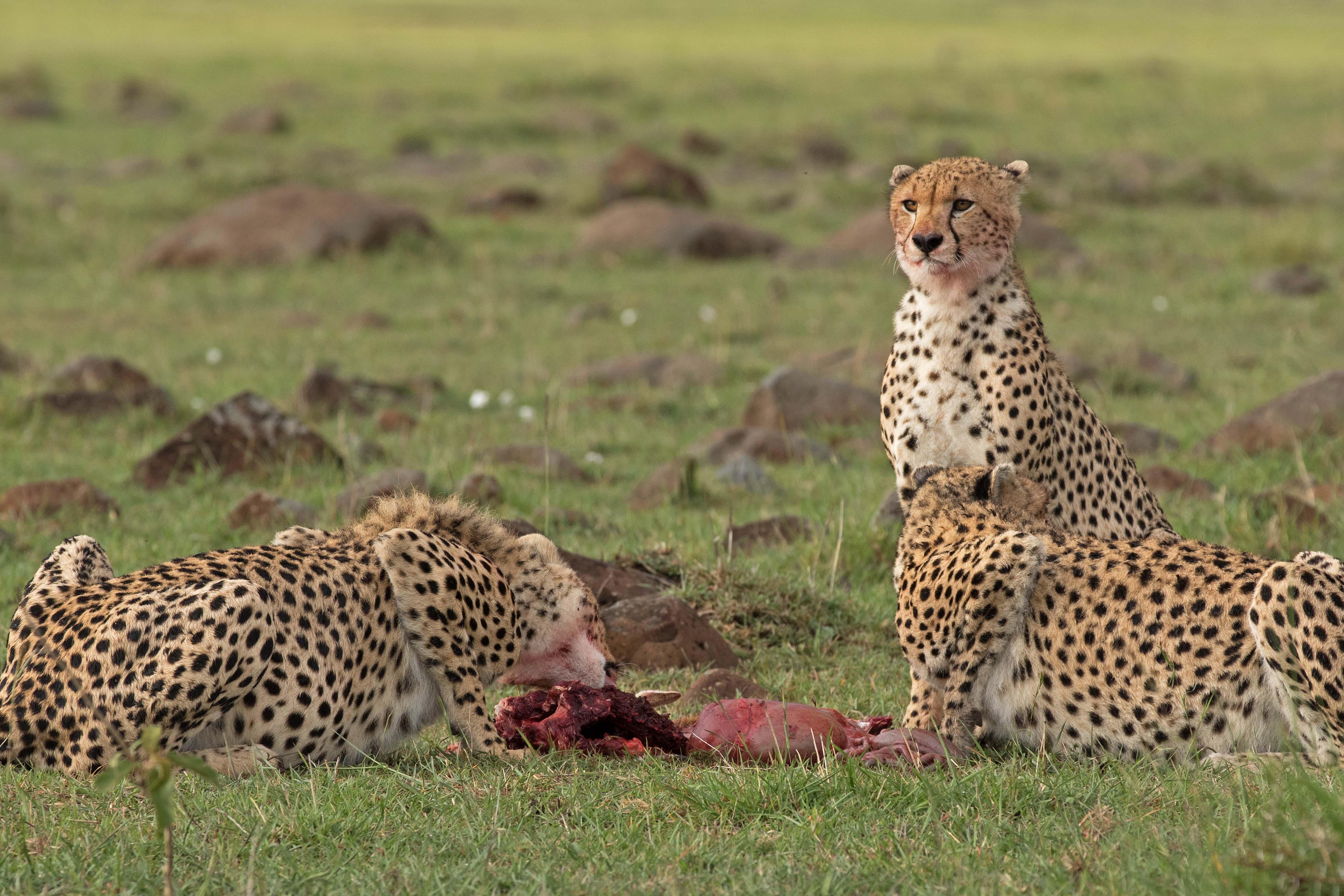
In early December, we traveled to Kenya to go on safari in the world-famous Masai Mara after many years. We had some doubts beforehand about going there during that period, knowing that the migration of wildebeests and zebras is much further south in Tanzania. However, we were convinced by Annabelle from Laikipia Wilderness Camp, where we had stayed before, also in Kenya. Due to the heavy rains of the past two months, we were eagerly anticipating photographically beautiful green landscapes and lots of young life on the vast plains.
This time, we flew with Brussels Airlines (Lufthansa), which was considerably cheaper than KLM. After a night in Nairobi (Macushla Lodge), we flew to the Mara from Wilson Airport. For the first time in all the years we’ve been on safari, they rigorously checked the weight of our luggage. In a Cessna, only 15 kg of luggage is allowed, but with about 12 kg of camera equipment, it quickly became clear that we would have to pay extra.
We spent the first part of our trip at Offbeat Mara Camp, where we were the only guests. This camp is located in the Mara North Conservancy, an area bordering the Mara Game Reserve itself, and importantly, where off-road driving is still allowed. We would later discover that for the past few years, you must stay on the road in the Mara itself. But more on that later. At the Mara North airstrip, we were met by our guide, Joseph, and tracker Kimani, who had the sharpest of eyes. Two super friendly Maasai who even showed us the first lion group on the way to the camp. At that time, the lions were still resting under the bushes because lions also sleep for 21 out of 24 hours there. Apart from the large number of felines, we were especially positively surprised by the enormous number of wildebeests and zebras that clearly had not made the trek south. This was particularly striking compared to a previous safari in the same area, more or less during the same period. Apparently, the reason could be attributed to the so-called mini-migration. Instead of heading south (toward Serengeti and Ndutu), a portion of the wildebeests (250,000) and zebras headed north. Until a few years ago, they used to make the journey all the way to the Loita Hills, but their final destination there has been transformed into large cattle farms. As a result, their short journey in recent years ended in Mara North.
During one of the game drives, when we made a day trip to the Masai Mara Game Reserve, we really saw the difference in the number of grazers. This was much more pronounced in the Mara North region. Around the Offbeat Mara Camp, lions were never far away. One day, when we returned from a game drive, there was even a lioness sleeping in front of our tent.
Due to the brief rains that had still not stopped, beautiful cloud formations often formed, although this often came with some dampness. This somewhat unique weather pattern persisted for the rest of the days when we moved on to the legendary Governors Camp. It took some getting used to in the much larger camp. In Governors Camp, we were far from alone, but fortunately, they had arranged a private jeep for us. That remains an incredible luxury, especially when you have quite a bit of camera equipment to carry. Additionally, the meals were served buffet-style, which was a bit less authentic than the previous camp. Governors Camp was the base for the famous BBC series Big Cat Diary in the past. During our stay, we headed to the areas from the series: the Marsh area, Rhino Ridge, Bila Skaka Lugga, Double Crossing, … Despite the fact that grazers were less numerous here, the felines were in abundance. We had good sightings of lions and an enormous male leopard, but the cheetahs stole the show. Malaika had two one-year-old sons, and they needed to eat regularly. At one point, we found them nibbling on a Thomson’s gazelle. Things must happen quickly for a cheetah, or the hyenas will get it. And they were massively present on the vast plains of the Mara. During this 7-day Kenya trip, we found 4 hyena dens with very young pups. Apart from the little ones, there were also many hyenas looking for leftovers and newborn Topis and Thomson’s gazelles. The baboons were clearly looking for them too, and successfully. We had never seen so many baboons eating meat.
In short, it was another top safari with a combination of the peaceful Offbeat Mara Camp and the much busier Governors Camp. Our preference for the Masai Mara was completely rekindled after a few years of absence. Photographically, this is probably the ultimate safari destination.
Stijn Cavens


